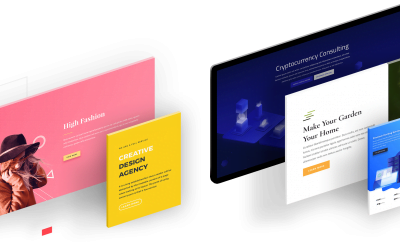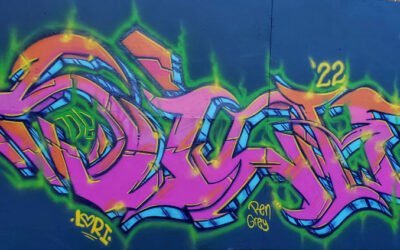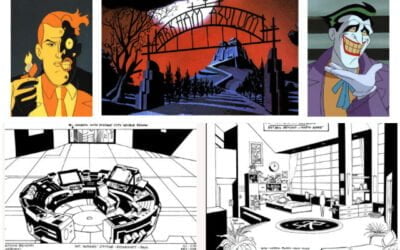The design industry is a diverse field that encompasses a wide range of specialties, from graphic design to web design, product design, and more. In recent years, the industry has seen a surge in freelance designers who work independently and remotely, offering their services to clients around the world. In this blog post, we’ll explore the freelancer culture in the design industry, including the common traits and shared interests among designers, as well as the differences that make each designer unique.
Traits of Designers
Designers, whether they work as employees or freelancers, share several common traits that set them apart from other professionals. These traits include creativity, attention to detail, problem-solving skills, and a passion for their work. Designers are often visual thinkers who have an eye for aesthetics and a knack for turning complex concepts into simple, user-friendly designs. They are also excellent communicators who can articulate their ideas and collaborate with others to bring a project to life.
Shared Interests
Designers are a diverse group of individuals with different backgrounds, personalities, and interests. However, there are a few shared interests that unite them. One of the most significant interests is a love for design itself. Designers are passionate about creating beautiful, functional designs that solve real-world problems. They also have an interest in technology and stay up to date with the latest trends and tools in their field. Designers are often curious individuals who enjoy learning new things and exploring different design approaches.
Differences
While designers share many traits and interests, they are also unique individuals with different styles, approaches, and lifestyles. Some designers may specialize in a particular type of design, such as branding, while others may have a broad skill set and offer a range of design services. Some designers prefer to work in a collaborative team environment, while others thrive on working independently. Some designers prefer to work during regular business hours, while others prefer to work flexible hours that fit their lifestyle.
Design Lingo
Being familiar with design jargon is helpful if you’re going to be working with a designer. It also might show you how much you hate design jargon and might prefer to work with someone who speaks the clients’ language instead.
In the design industry, there are many terms that may be unfamiliar to those outside the field. Here are a few common terms and their translations:
- UX Design: User Experience Design, the process of creating designs that are user-friendly and easy to use.
- UI Design: User Interface Design, the process of designing the visual elements of a product or website.
- Branding: The process of creating a unique identity for a company or product.
- Wireframe: A visual guide that represents the skeletal framework of a design.
- Prototype: A preliminary version of a design that is used to test and refine the concept before final production.
Choosing the Right Designer
When choosing a designer, it’s essential to look beyond their portfolio and consider other factors that may impact the success of your project. One of the most critical factors is personality. Designers can be surprisingly different from each other. They’re not all desk jockeys; many prefer to work outdoors. Some freelancers may stick to a traditional work schedule to produce high-end websites, while others might stay up all night on weekends grinding out illustrations while binging Netflix. Designers with strong communication skills, a positive attitude, and a collaborative spirit are often the best fit for clients who want to work closely with their designer; then again you may be a very hands-off client who wants someone to translate the brief and work independently to get the job done. Other factors to consider include the designer’s work style, their availability, and their willingness to work within your budget and timeline.
In conclusion, the freelancer culture in the design industry is a thriving community of creative professionals who are passionate about their work. By understanding the common traits, shared interests, and differences among designers, clients can better choose a designer who will be the right fit for their project. Remember to consider personality and other skills when selecting a designer, as these factors are just as important as their portfolio when it comes to achieving success.



